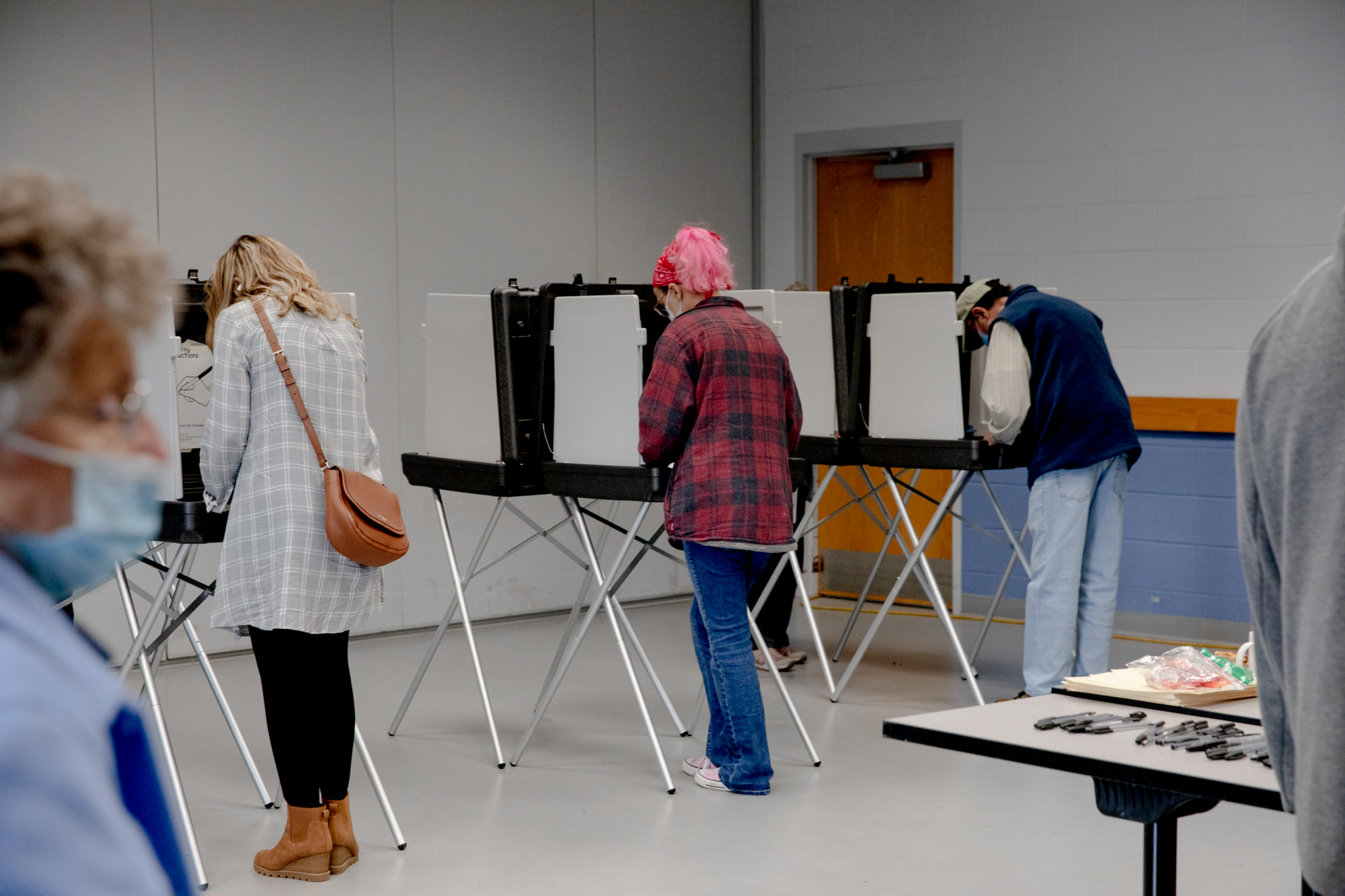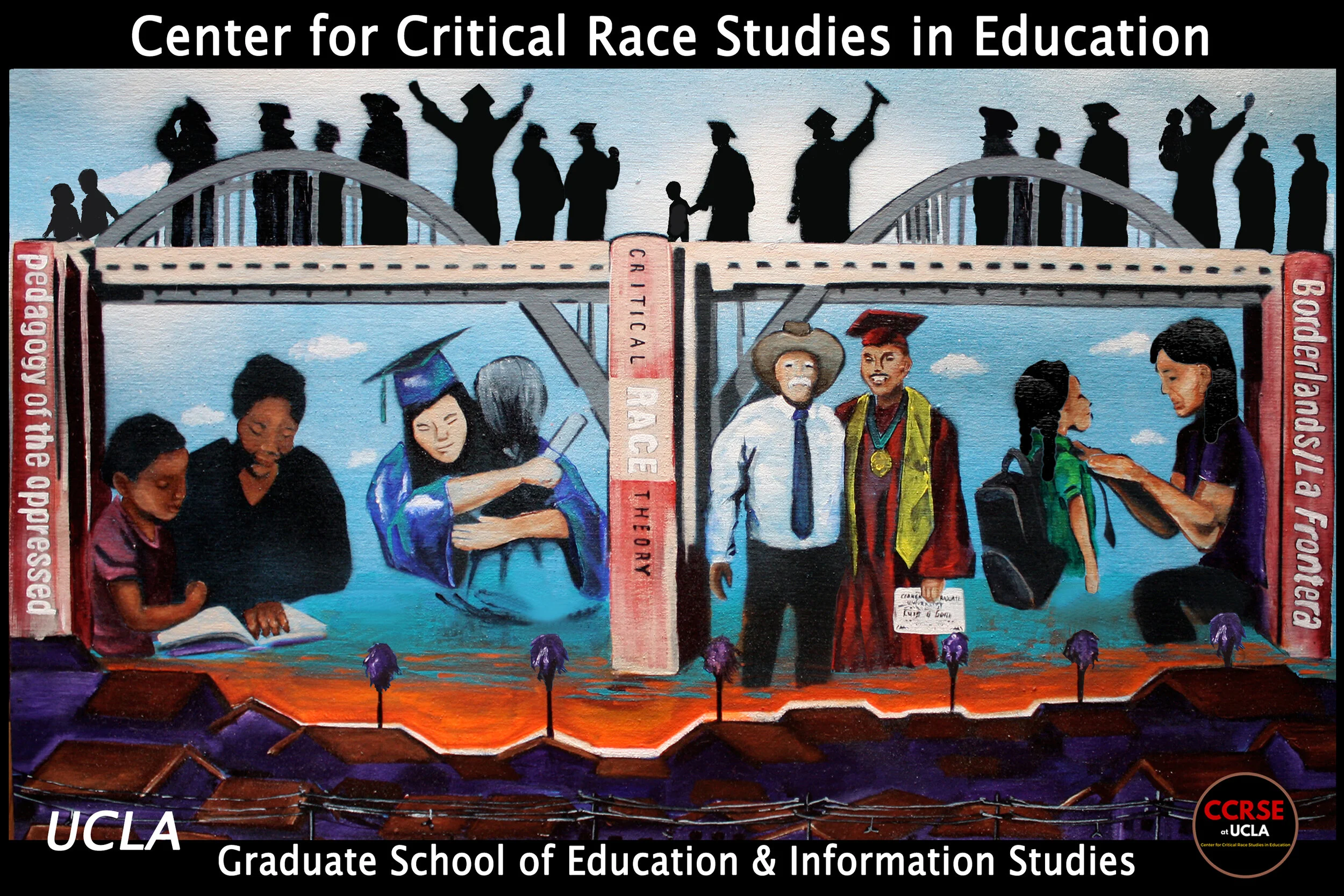


As with other titles in the series, the collection It arose as a challenge to the idea that in the two decades since the Civil Rights Movement and associated legislation, racial inequality had been solved and affirmative action was no longer necessary. Critical Race Theory (CRT) offers an account of society based on systemic, deep-rooted racist oppression that saturates our commonsensical judgements to such an extent that all but the most extreme racism appears normal and unexceptional, simply ‘business as usual’. Since its inception in the United States, critical race theory (CRT) has had a methodological link to qualitative research methods per se. Volume II (‘Whiteness and White Supremacy’), meanwhile, explores the construction and maintenance of assumptions and practices that take for granted the elevated status of white people’s interests and perspectives. Critical Race Theory (CRT) offers an account of society based on systemic, deep-rooted racist oppression that saturates our commonsensical judgements to such an extent that all but the most … The. In education, one major area this plays a role is in the access of and expectations around technology. CRT is one of the fastest growing and most controversial fields of contemporary social theory, and education is the discipline where its most dynamic and challenging work is taking place. title = "Critical Race Theory in Education".

Peabody Journal of Education, v93 n1 p121-131 2018. Critical race theory examines the oppressive dynamics of society to inform individual, group, and social transformation.

Critical race theory (CRT), initially created as a body of legal theory, is an organizing framework useful in understanding human behavior and social processes relevant to racial group categorizations and racial stratification. Educational research is inextricably interwoven with national and global debates about and around political and economic policy.


 0 kommentar(er)
0 kommentar(er)
